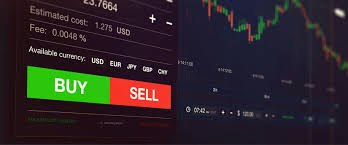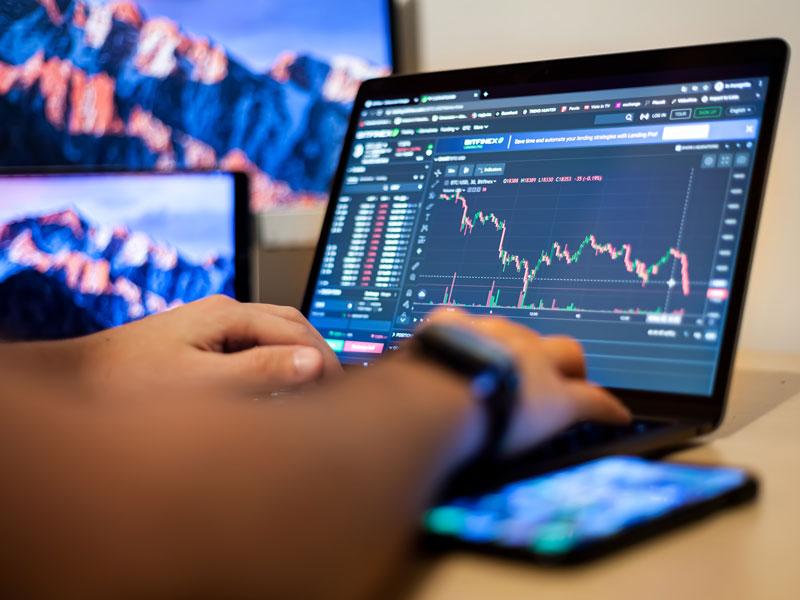
The Essential Guide to Forex Paper Trading: Mastering the Basics
In the fast-paced world of Forex trading, the importance of practice cannot be overstated. One of the best ways to gain experience without risking real capital is through Forex paper trading. This article serves as a comprehensive guide to understanding paper trading, its advantages, and how to use it effectively in your trading journey. To enhance your trading experience, consider exploring the forex paper trading Best UAE Brokers.
What is Forex Paper Trading?
Forex paper trading refers to simulated trading that allows traders to practice trading strategies without using actual funds. It typically involves creating a demo account with a broker or using specific trading software to simulate the Forex market. By using “play money,” traders can analyze their strategies in real-time market conditions, develop new trading plans, and enhance their skills without the financial risks associated with real trading.
Benefits of Forex Paper Trading
There are several benefits to engaging in Forex paper trading, particularly for novice traders. Here are some of the key advantages:
- Risk-Free Environment: Traders can test strategies and learn the mechanics of trading without risking any real money.
- Learning Experience: New traders have the opportunity to familiarize themselves with trading platforms, understand order types, and develop analytical skills.
- Strategy Testing: Traders can backtest and implement their strategies in real market conditions to see how they would perform.
- Confidence Building: Practicing in a risk-free environment can help traders build confidence in their decision-making abilities.
- Emotional Control: Traders can learn to manage their emotions and develop a disciplined approach to trading without the stress of financial losses.
How to Start Forex Paper Trading
Getting started with Forex paper trading is relatively straightforward. Here’s a step-by-step guide:

- Choose a Reliable Broker: Select a reputable Forex broker that offers a demo account with realistic trading conditions. Make sure to analyze their spreads, leverage options, and available tools.
- Create a Demo Account: Follow the broker’s instructions to set up your demo account. You will typically need to provide some basic personal information.
- Learn the Trading Platform: Familiarize yourself with the trading platform provided by your broker. Understanding how to place trades, set stops, and analyze charts is crucial.
- Set Your Goals: Define what you want to achieve with paper trading. Whether it’s honing your skills, testing strategies, or learning market analysis, having clear goals can guide your practice.
- Start Trading: Begin executing trades just like you would in a real environment. Pay attention to your performance and the impacts of your trading decisions.
- Review Your Progress: Regularly review and analyze your trades. Identify what worked and what didn’t so you can improve your strategies.
Common Mistakes to Avoid in Paper Trading
While paper trading is a valuable tool, traders can make mistakes that can limit their learning. Here are some common pitfalls to avoid:
- Treating It Like Real Trading: Remember that the emotional stakes are very different. Avoid developing habits that are detrimental when real money is on the line.
- Ignoring Risk Management: Just because there’s no real money on the line doesn’t mean you shouldn’t practice risk management strategies. Good habits are essential.
- Chasing Losses: Some traders fall into the trap of overtrading to recover “losses” in a paper account. This can lead to bad habits that persist once trading with real funds.
- Not Taking It Seriously: Practicing with the right mindset ensures that you gain maximum benefit from your paper trading experience.
Transitioning from Paper Trading to Real Trading
Once you feel comfortable with your strategies in a paper trading environment, it may be time to transition to live trading. Here are some steps to consider:
- Start Small: Begin with a small investment that you can afford to lose. This allows you to ease into the real trading environment without overwhelming risk.
- Apply What You Learned: Use the strategies and insights gained from paper trading but remain open to adjustments and learning.
- Continue Education: The Forex market is dynamic. Keep learning about new strategies, market news, and technical analysis tools.
- Maintain Discipline: Stick to your trading plan, manage your emotions, and practice good risk management principles.
Conclusion
Forex paper trading is an invaluable tool for both beginner and experienced traders seeking to refine their skills and strategies. By utilizing a demo account, traders can practice risk-free, build confidence, and develop a disciplined trading approach. While it’s important to recognize the differences between paper trading and live trading, the skills gained in the paper arena can serve as a solid foundation for success in real markets. Remember, the journey in Forex trading is ongoing, marked by continuous learning and adaptation to market conditions.
Embrace the power of Forex paper trading today and start your journey towards becoming a skilled trader.